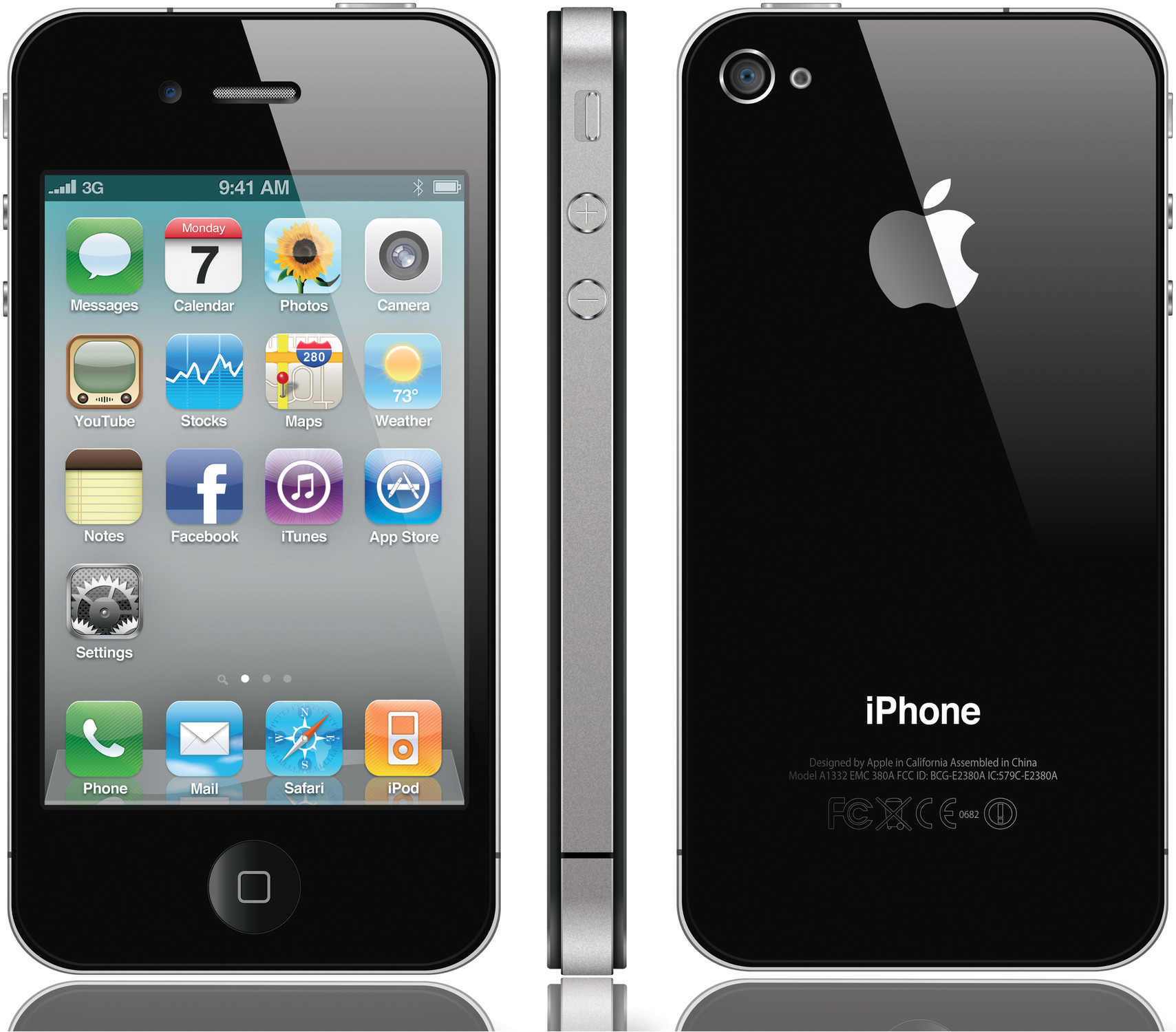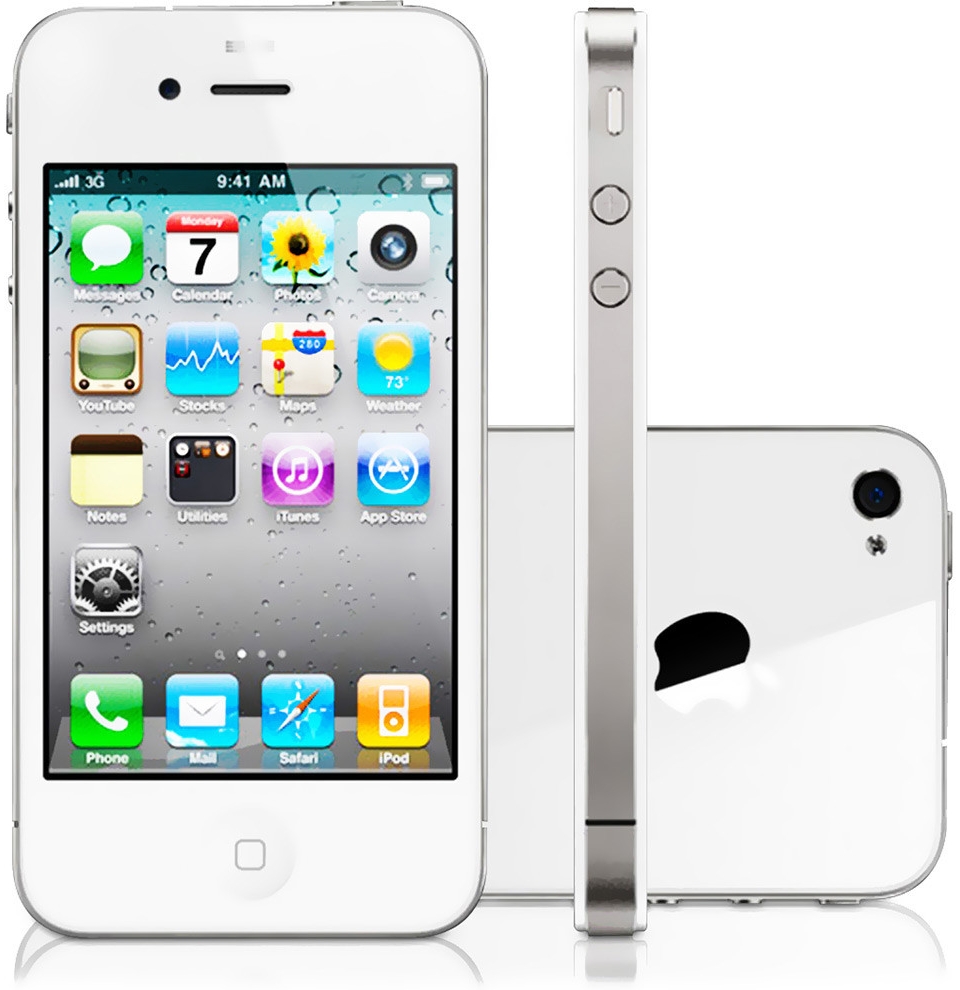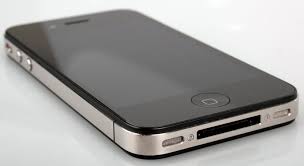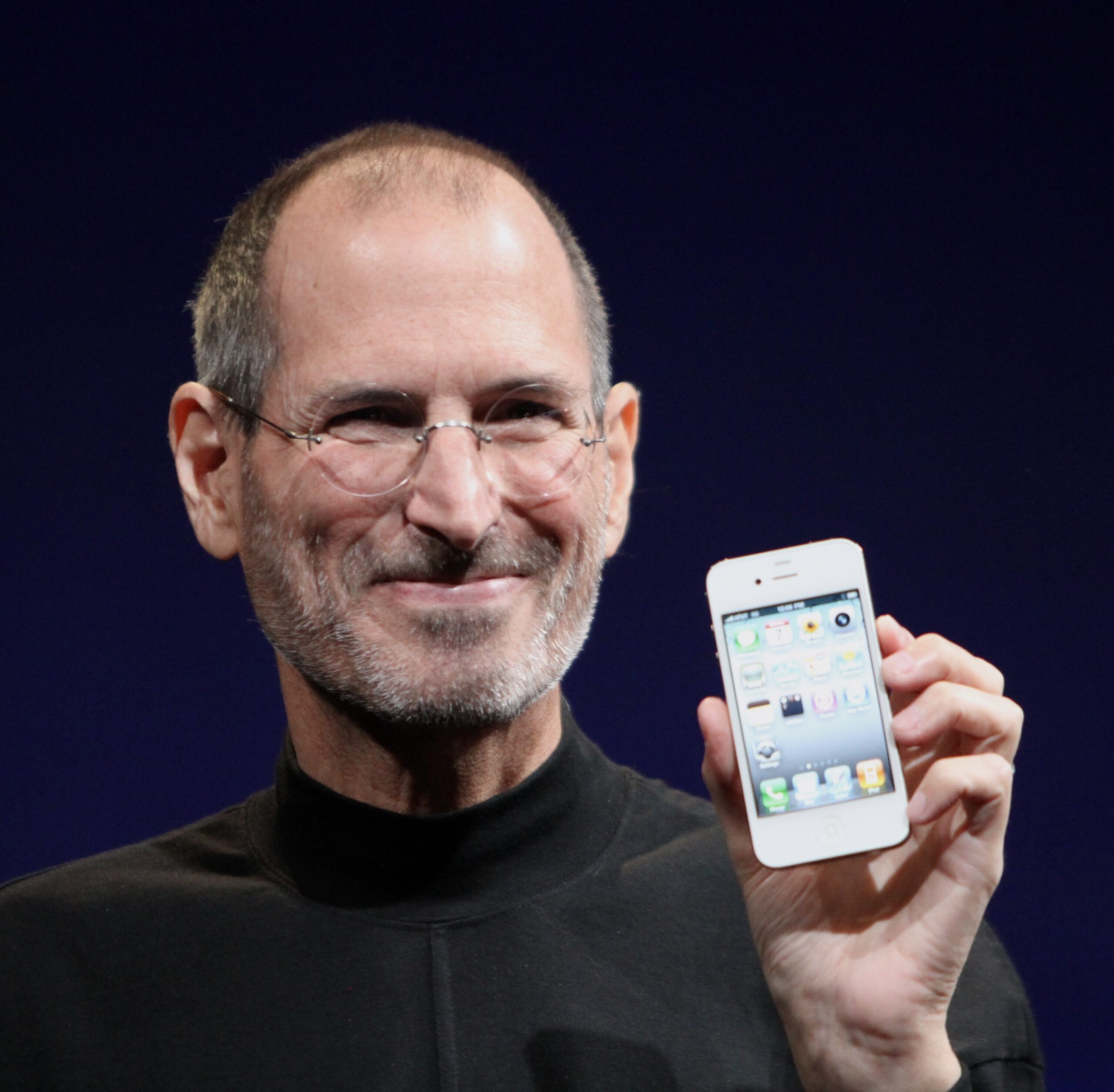The expected developer conference WWDC 2022 is unstoppably approaching, and with a high probability it will bring with it a number of interesting novelties. The main keynote, during which the aforementioned news will be presented, is scheduled to take place on June 6 in California's Apple Park. Of course, the main attention is paid to new operating systems every year, and this year should not be an exception. The Cupertino giant will thus reveal to us the expected changes in iOS 16, iPadOS 16, macOS 13 and watchOS 9.
It could be interest you

But from time to time Apple comes up with something much more interesting - with new hardware. According to the available information, we could expect something interesting this year as well. The introduction of new Macs with an Apple Silicon chip is most often talked about, while the MacBook Air with an M2 chip is most often mentioned. Of course, no one knows for now whether we will see something like this at all. Therefore, let's take a look at the past and remember the most interesting blockbusters that Apple presented to us on the occasion of the traditional developer conference WWDC.
Switch to Apple Silicon
Two years ago, Apple surprised us with one of the biggest changes it has ever introduced in the history of WWDC. In 2020, for the first time ever, he spoke about the transition from Intel processors to his own solution in the form of Apple Silicon, which is supposed to power Apple computers. And as the giant promised then, so it happened. Even the fans were more cautious from the beginning and did not believe the pleasant words about the complete revolution in performance and endurance. But as it turned out later, the transition to a different architecture (ARM) really brought the desired fruit, but at the cost of some compromises. With this step, we lost the Boot Camp tool and we can no longer install Windows on our Macs.
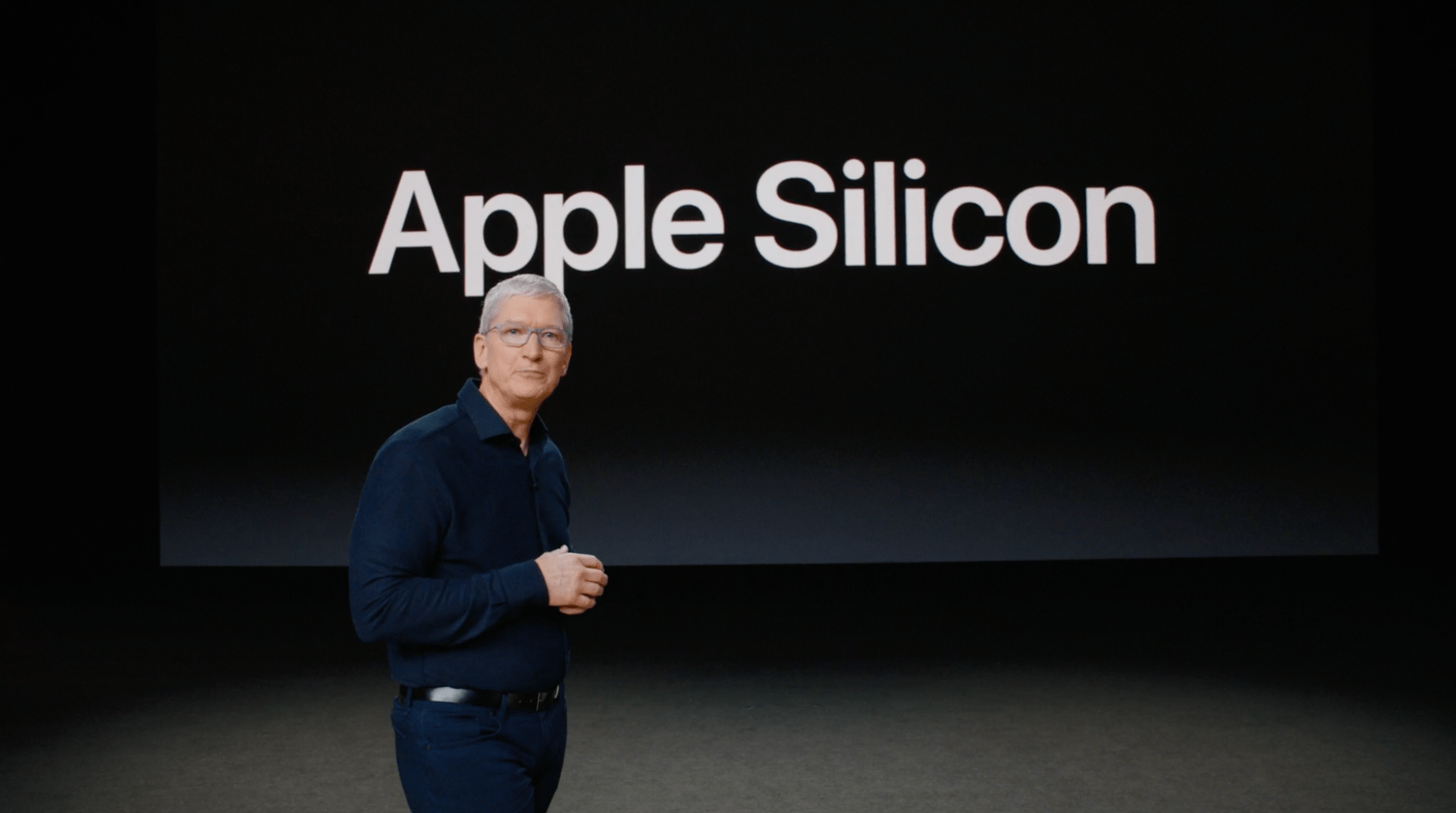
At the time, however, Apple mentioned that it would take two years for Macs to completely transition to Apple Silicon. Accordingly, it is clear that all devices should see changes this year. But here we are a bit on the fence. Although Apple introduced the super powerful Mac Studio with the M1 Ultra chip, it has not yet replaced the professional Mac Pro. But during the presentation of the aforementioned model, Studio mentioned that the M1 Ultra chip is the last of the M1 series. Whether he meant the end of that two-year cycle is therefore unclear.
Mac Pro and Pro Display XDR
The presentation of the Mac Pro and the Pro Display XDR monitor, which Apple revealed on the occasion of the WWDC 2019 conference, aroused a strong reaction. The Cupertino giant almost immediately faced considerable criticism, especially for the aforementioned Mac. Its price can easily exceed a million crowns, while its appearance, which can resemble a grater, has not been forgotten. But in this regard, it is necessary to understand that this is not just any computer for everyday use, but the best, something that some people cannot do without. Above all, those who are engaged in demanding operations in the form of development, work with 3D, graphics, virtual reality and the like.
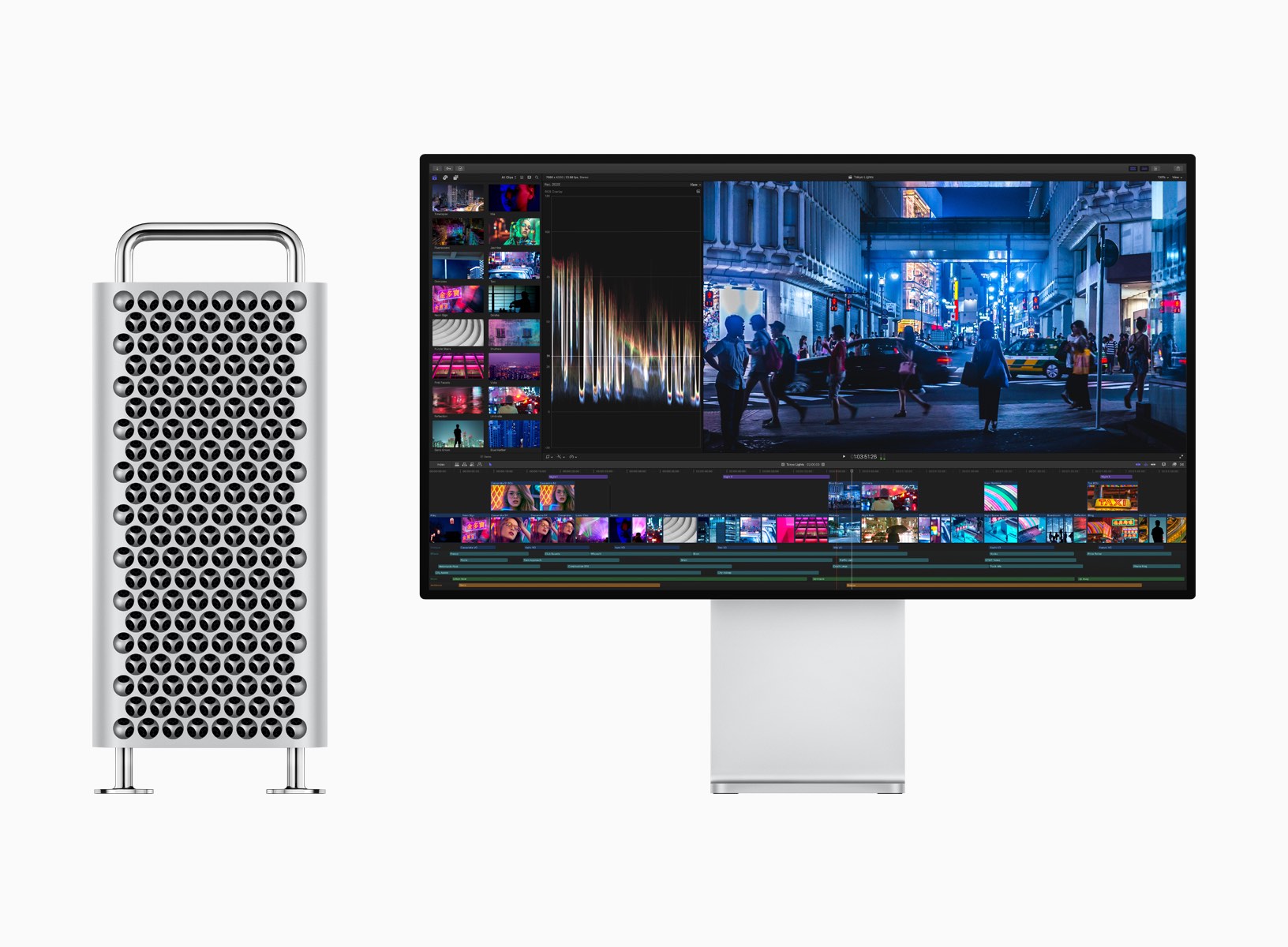
The Pro Display XDR monitor also caused a stir. Jablíčkáři were willing to accept its price starting at less than 140 thousand crowns, given that it is a tool for professionals, but they had more reservations about the stand. It is not part of the package and if you are interested in it, you have to pay an additional 29 crowns.
HomePod
In 2017, the Cupertino company boasted its own smart speaker called HomePod, which was equipped with the voice assistant Siri. The device was supposed to become the center of every smart home and thus control all HomeKit-compatible equipment, as well as make life easier for apple growers. But Apple paid extra for the high purchase price and never met the success of the HomePod. After all, that's why he also canceled it and replaced it with a cheaper version of the HomePod mini.
Swift
What was terribly important not only for Apple was the launch of its own Swift programming language. It was officially unveiled in 2014 and was supposed to change the approach of developers to the development of applications for apple platforms. A year later, the language was transformed into a so-called open-source form, and since then it has practically flourished, enjoying regular updates and considerable popularity. It combines a modern approach to programming with experienced pillars on which the entire development rests. With this step, Apple replaced the previously used Objective-C language.
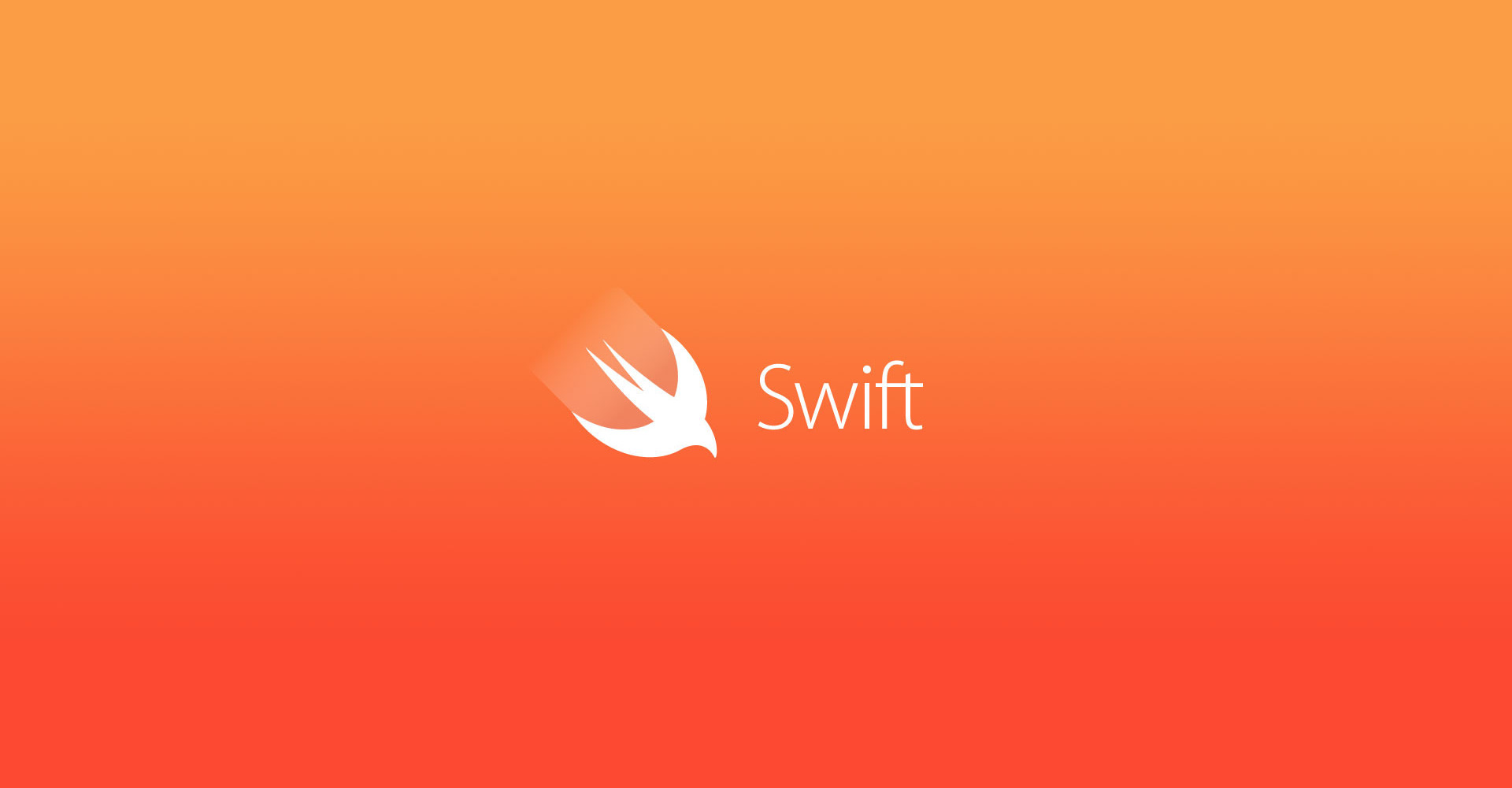
iCloud
For Apple users today, iCloud is an integral part of Apple products. This is a synchronization solution, thanks to which we can access the same files on all our devices and share them with each other, which also applies, for example, to data from various applications, backup messages or photos. But iCloud wasn't always here. It was first shown to the world only in 2011.
iPhone 4, FaceTime and iOS 4
The now legendary iPhone 4 was introduced to us by Steve Jobs at the WWDC conference in 2010. This model was significantly improved thanks to the use of a Retina display, while it also featured the FaceTime application, which today a number of apple growers rely on it every day.
On this day, June 7, 2010, Jobs also announced one more small change that is still with us today. Even before that, Apple phones used the iPhone OS operating system, until this day the co-founder of Apple announced its renaming to iOS, specifically in version iOS 4.
App Store
What to do when we want to download an application to our iPhone? The only option is the App Store, as Apple does not allow so-called sideloading (installation from unverified sources). But just like the aforementioned iCloud, the Apple app store hasn't been here forever. It appeared for the first time in the iPhone OS 2 operating system, which was revealed to the world in 2008. At that time, it could only be installed on the iPhone and iPod touch.
It could be interest you

Switch to Intel
As we mentioned at the very beginning, the transition from Intel processors to a proprietary solution in the form of Apple Silicon was a rather fundamental moment for Apple computers. However, such a change was not a first for Apple. This took place already in 2005, when the Cupertino giant announced that it would start using CPUs from Intel instead of PowerPC processors. He decided to take this step for a simple reason - so that Apple computers do not start to suffer in the following years and lose out to their competition.


